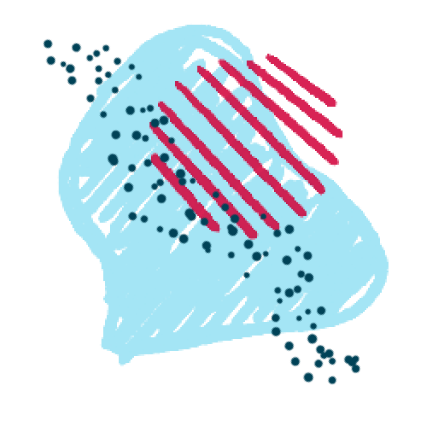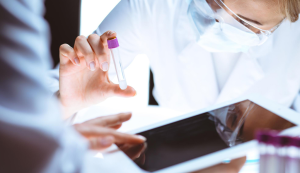Pharmaceutical translation is uniquely complex work that requires a precise blend of skills including linguistic expertise, medical knowledge, and cultural awareness. Practitioners must also be adept at navigating significant hurdles to ensure clarity and compliance in their translations. Below, we explore several of these challenges and how they are addressed in order to meet industry demands.
Handling Complex Terminology and Medical Jargon
One of the most significant responsibilities in pharmaceutical translation work is the proper handling of intricate medical terminology. With roots in Greek, Latin, and modern science, pharmaceutical language is complex and full of abbreviations, acronyms, and specialized phrases. As they work across cultures and languages, translators must ensure these terms remain clear, accurate, and aligned with international regulatory standards, such as those issued by the World Health Organization. When terms lack direct equivalents in target languages, linguistic creativity and medical expertise become essential to preventing misinterpretations that could impact patient care.
Addressing Diverse Audiences

Pharmaceutical content can target vastly different audiences, meaning translators must be prepared to pivot their tone and style accordingly. Patient-facing materials, such as informational brochures, must use accessible, everyday language to guide audience understanding. Professional-facing content, which might include clinical trial reports or regulatory submissions, requires precise, technical terminology for its researcher, physician, and institutional audiences. When a linguist successfully adjusts tone, complexity, and style, they must also ensure the content remains accurate and appropriate in the target language.
Mastering a Variety of Document Types
Language experts working in the pharmaceutical sector must have mastery over a wide range of document types and their respective requirements. Common document examples include:
- Patient information brochures: Clear and accessible instructions for medication use.
- Regulatory submissions: Complex informational forms required for product approval.
- Clinical trial protocols and reports: Detailed, data-heavy materials for scientific analysis.
- Safety data sheets: Guidelines for the proper handling and storage of pharmaceuticals.
Each document presents unique linguistic and formatting challenges that demand technical knowledge and precision to meet industry expectations.
Meeting Pharma Demands

The pharmaceutical industry relies on highly specific language and procedures in its operations—and therefore, so must linguists who specialize in this sector. In addition, regulatory bodies may impose stringent and sometimes-unusual requirements that specialized translators must navigate. These requirements often include:
- an understanding of country-specific terminology and phrasing standards
- adherence to strict formatting rules, such as specific templates or file types
- the provision of certified or notarized translations for compliance purposes
Staying informed about changing regulations and building expertise in these areas helps linguists meet expectations and ensure that their work supports product approval processes.
Embracing Cultural Sensitivity
Cultural differences in pharmaceutical practices and patient expectations make it crucial for translators to adapt language in a way that is both accurate and culturally appropriate. Strong cultural awareness allows linguists to make adjustments that enhance patient comfort and comprehension, which fosters an experience that is respectful of individual preferences and needs. For instance, a translator might point out that in cultures with a history of distrust in healthcare systems, terms like “clinical trial” or “experimental treatment” could evoke fear or suspicion in patients. In such cases, it would be essential to adapt these terms to more neutral, reassuring alternatives, like “health study” or “research-based treatment.”
Balancing Time Sensitivity and Quality
Pharmaceutical translation projects are often time-sensitive due to their impact on patient care and product releases. Translators in this field must be prepared to deliver high-quality renderings quickly, but always be mindful of balancing speed with accuracy. Timely and precise translations help ensure patient safety and keep pharmaceutical companies on schedule for product launches.
Conclusion
Overcoming the challenges posed by pharmaceutical translation requires a combination of linguistic expertise, technical precision, and cultural awareness. Translators play a critical role in bridging communication gaps, ensuring clear and compliant content, and ultimately, supporting global healthcare efforts. As they navigate the field’s complexities, they help deliver accurate, accessible information to diverse audiences, there by improving patient safety and advancing the reach of pharmaceutical innovation.









